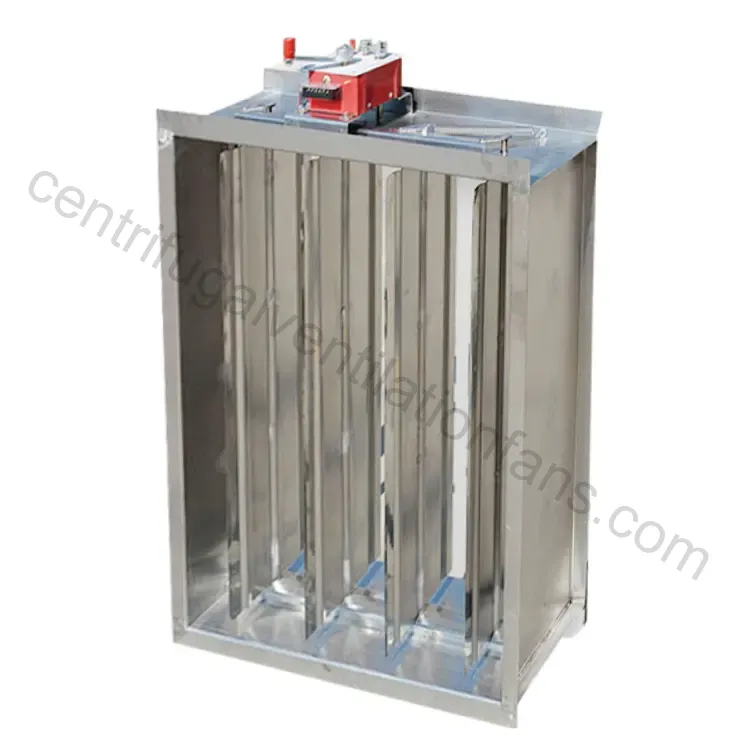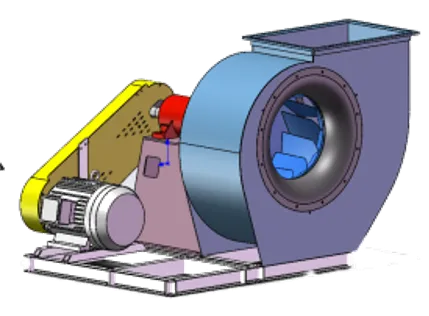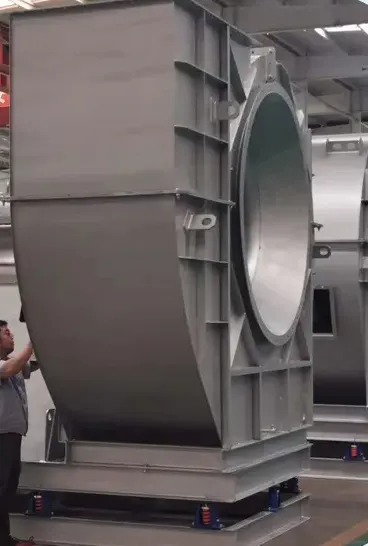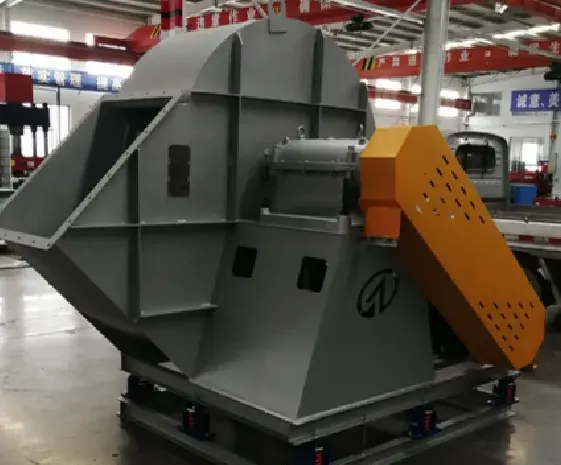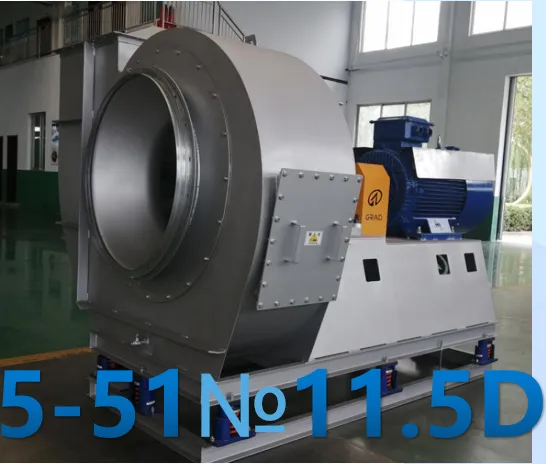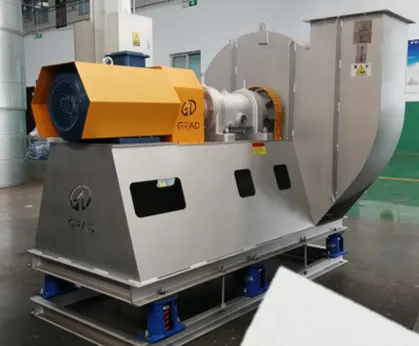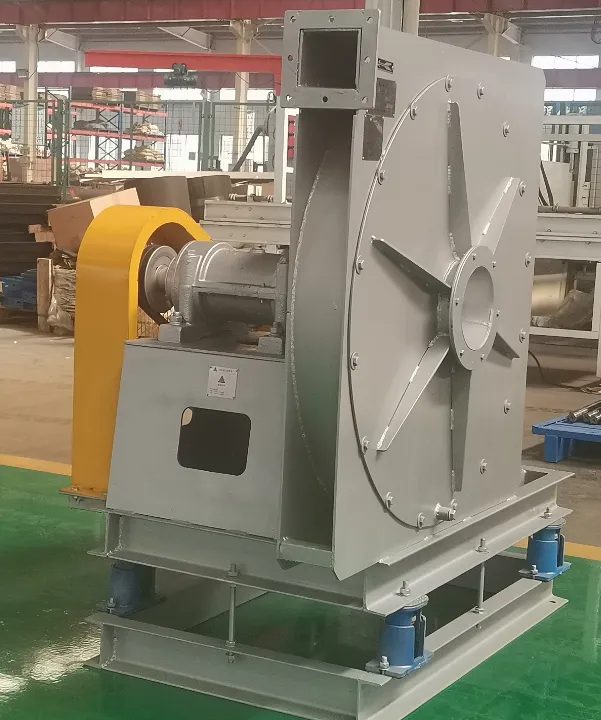Stainless Steel Fire Valve
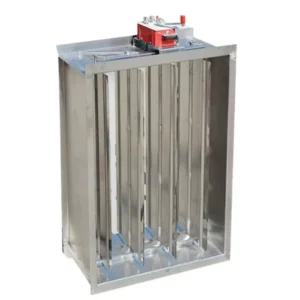
The Stainless Steel Fire Valve is an essential component of fire protection systems, specifically engineered to manage water flow in fire suppression systems. Made from high-quality stainless steel, this valve provides outstanding durability and resistance to corrosion, ensuring reliable operation even in the most challenging conditions. Its sturdy design makes it suitable for a variety of environments, including commercial buildings, industrial sites, and residential homes.
Serving as a critical element in any fire safety plan, the Stainless Steel Fire Valve offers reassurance by effectively safeguarding lives and property. Its robust construction, corrosion resistance, and capacity to endure high temperatures make it a trustworthy choice for fire protection needs.
To ensure optimal performance, proper installation and regular maintenance are vital. By following these guidelines, you can guarantee that this crucial valve functions flawlessly when it’s needed most. Equip your facility with the Stainless Steel Fire Valve to strengthen your fire safety measures and promote a safer environment for everyone.
Stainless Steel Fire Valve Parameter:
Get in Touch for Specific Dimensions
Key Characteristics of Stainless Steel Fire Valve:
Sturdy Construction
The Stainless Steel Fire Valve is meticulously designed from high-grade stainless steel, recognized for its exceptional strength and longevity. This solid construction enables the valve to endure demanding environmental conditions, including extreme temperatures and physical impacts. Its resistance to rust ensures reliable performance over time, making it a dependable choice for any fire protection system. Choosing this valve represents a commitment to a long-lasting safety solution.
Exceptional Corrosion Resistance
A standout feature of the stainless steel material is its remarkable resistance to corrosion. This property safeguards the valve against degradation from moisture, chemicals, and other harmful elements, significantly extending its lifespan. In environments prone to humidity and chemical exposure, this valve remains intact, ensuring consistent functionality without the risk of failure over the years.
High Heat Resilience
In the event of a fire, extreme heat can pose significant challenges. The Stainless Steel Fire Valve is engineered to operate effectively under such conditions. Its high-temperature resilience ensures that the valve maintains its structural integrity and efficiency, allowing it to manage water flow effectively during critical moments. This capability is essential for supporting fire suppression systems when they are needed the most.
Wide Range of Applications
The adaptability of the Stainless Steel Fire Valve makes it an essential element in various fire protection systems. Whether utilized in sprinkler systems, standpipe configurations, or hose reel setups, this valve integrates smoothly into diverse applications. Its versatility allows it to be used in a variety of settings, including commercial spaces, industrial facilities, and residential homes, making it a preferred choice for fire safety experts.
User-Friendly Operation
Designed for simplicity, the Stainless Steel Fire Valve enables easy manual operation. In emergency situations, rapid access to the valve is crucial, and its design facilitates quick opening or closing without complicated steps. This straightforward operation not only enhances safety but also equips users to respond effectively when every second is critical.
With these outstanding features, the Stainless Steel Fire Valve stands out as a vital component for enhancing fire safety across multiple environments.
Usage Method of Stainless Steel Fire Valve:
Step 1: Choose the Installation Site
Begin by selecting the optimal location for the Stainless Steel Fire Valve within your fire protection system. This placement is vital; it should be easily accessible for both operation and maintenance while adhering to local fire safety codes. Factors to consider include the valve’s proximity to the main water supply and the overall layout of the fire suppression system to ensure maximum efficiency.
Step 2: Secure the Valve
Once the location is determined, proceed to attach the valve to the piping system. Utilize the supplied fittings, ensuring that the valve is securely fastened. Proper alignment is crucial to preventing leaks and ensuring optimal water flow. A well-secured valve not only reduces the risk of malfunction but also enhances the effectiveness of the entire fire protection system.
Step 3: Connect to the Fire Suppression System
Next, connect the valve to the main water supply and the fire suppression system. Carefully inspect all connections to ensure they are tight and completely leak-free. This step is critical, as any leaks could jeopardize the system’s performance in an emergency. Take the time to verify every connection; a minor oversight could have significant consequences during a fire.
Step 4: Perform a Valve Test
After connecting the valve, conduct a thorough functionality test. Open and close the valve several times to confirm that it operates smoothly and reliably. Testing is essential to ensure the valve is fully operational, as a functioning valve is key to effective fire suppression. Do not overlook this important step.
Step 5: Conduct Regular Operational Checks
To maintain the integrity of the Stainless Steel Fire Valve, regular operational checks are necessary. Schedule inspections at least twice a year to confirm that the valve is functioning properly. During these inspections, manually open and close the valve to ensure it responds smoothly without any resistance. Consistent maintenance extends the valve’s lifespan and keeps your fire safety systems ready for action when it matters most.
By adhering to these installation and maintenance guidelines, you can significantly enhance the reliability and performance of your fire protection system. The Stainless Steel Fire Valve is not just a component; it is a crucial safeguard that protects lives and property. Proper installation and routine checks ensure its flawless operation during emergencies, providing you with invaluable peace of mind.
Stainless Steel Fire Valve Application:
The Stainless Steel Fire Valve is essential in a variety of fire protection systems, offering unparalleled durability, corrosion resistance, and high-temperature tolerance across numerous sectors. Here are some expanded applications:
1. Industrial Facilities
- Manufacturing Plants: In these environments, the Stainless Steel Fire Valve is crucial for managing water supply in fire suppression systems. It protects expensive machinery and equipment from fire damage, ensuring that operations can continue safely. Regular maintenance and testing of the valve ensure optimal performance, safeguarding both assets and personnel.
- Chemical Processing Plants: These facilities often deal with hazardous materials, making reliable fire protection vital. The Stainless Steel Fire Valve’s ability to withstand corrosive substances allows it to function effectively, providing dependable fire suppression while maintaining compliance with stringent safety regulations.
2. Commercial Buildings
- Office Complexes: The valve ensures efficient water flow in sprinkler systems, playing a key role in fire safety for employees and visitors. Its robust construction guarantees performance in high-traffic areas, where quick responses to fire incidents are essential for protecting lives and property.
- Shopping Malls: In expansive retail spaces, the Stainless Steel Fire Valve manages complex fire suppression needs. It safeguards not only the lives of shoppers and staff but also protects merchandise and infrastructure from potential fire damage, ensuring a safe shopping environment.
3. Healthcare Facilities
- Hospitals and Clinics: Here, the Stainless Steel Fire Valve is integral to fire suppression systems, ensuring the safety of patients and staff. Its reliability is critical in high-stakes environments where quick responses can save lives, and regular maintenance is essential to ensure it operates flawlessly during emergencies.
- Nursing Homes: Providing fire protection for vulnerable populations is paramount in these settings. The valve helps create a safe environment, enabling efficient evacuation routes during emergencies and ensuring the well-being of residents and staff alike.
4. Educational Institutions
- Schools and Universities: The Stainless Steel Fire Valve supports comprehensive fire safety measures in classrooms, auditoriums, and other facilities. By ensuring reliable water flow for sprinkler systems, it helps create a secure environment for students and educators, allowing for safe learning experiences.
- Laboratories: In educational and research settings, the valve manages fire risks associated with chemical experiments. Its corrosion resistance and high-temperature tolerance ensure that fire suppression systems remain effective, fostering a safe environment for innovative research.
5. Data Centers
- IT Facilities: Protecting sensitive electronic equipment is crucial in data centers, where even minor incidents can lead to significant losses. The Stainless Steel Fire Valve plays a vital role in fire suppression systems, ensuring that any fire risk is managed swiftly to maintain operational integrity and safeguard crucial data.
6. Agricultural Settings

- Greenhouses: The valve helps regulate temperature and provides fire hazard protection, promoting healthy growth conditions for plants. Its reliable performance is vital in maintaining an optimal environment for agricultural productivity, ensuring that crops thrive.
- Livestock Facilities: In barns and shelters, the Stainless Steel Fire Valve enhances fire safety for animals. By ensuring efficient fire protection, it contributes to the overall welfare of livestock, allowing farmers to focus on their operations with peace of mind.
7. Transportation Facilities
- Airports and Train Stations: In these high-traffic areas, the Stainless Steel Fire Valve is critical for managing fire suppression systems. Its robust design ensures effective performance in emergency situations, protecting travelers and staff while minimizing potential damage to infrastructure.
These diverse applications underscore the importance of the Stainless Steel Fire Valve in enhancing fire safety across multiple sectors, providing reliable protection for lives and property in various environments.
Fans Type:
General centrifugal fans can be divided into low pressure (P≤1000Pa), medium pressure (P=1000-5000Pa), and high pressure (P=5000-30000Pa) according to the pressure. Low-pressure fans are generally 4-72, 4-73, 4-68, 4-79, and other backward blade series. Medium pressure fans are generally 5-51, 6-30, 6-41, 6-51, and other series; High pressure is generally 9-19, 9-26, 9-12, and 8-09 series. The low-pressure fan blades are mostly backward inclined blades, generally about 45 degrees. The outlet Angle of medium pressure fan is larger than that of low pressure fan. It is generally about 50 degrees, and the blades of the high-pressure fan are generally tilted forward less than 90 degrees. The advantages of medium and low-pressure fans are large flow, low noise value, not easy to overload, relatively stable operation, and use in general ventilation. High-pressure fans are used to supply forced air.
From the direction of the drive side (motor), the counterclockwise rotation is left, and the clockwise rotation is right.
The Angle is generally divided into 0 degrees, 45 degrees, 90 degrees, 135 degrees, 180 degrees, 225 degrees, and 270 degrees.
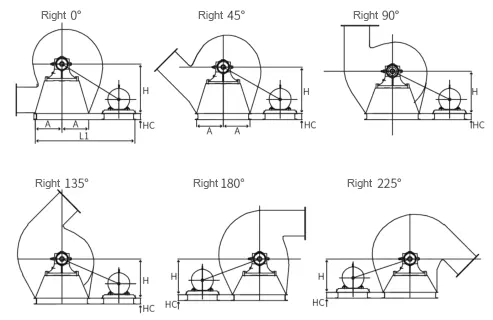
Type A Direct Transmission:
Type D Direct Transmission:
Type C Belt Transmission:
Type E Belt Transmission:
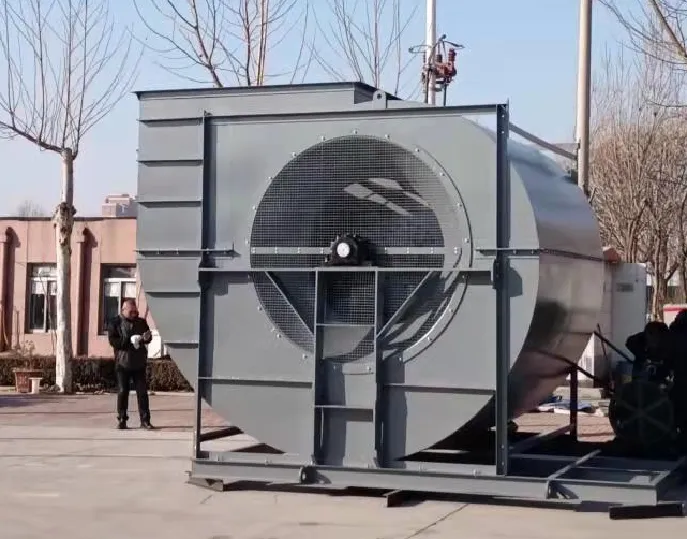
Type E Direct Transmission:
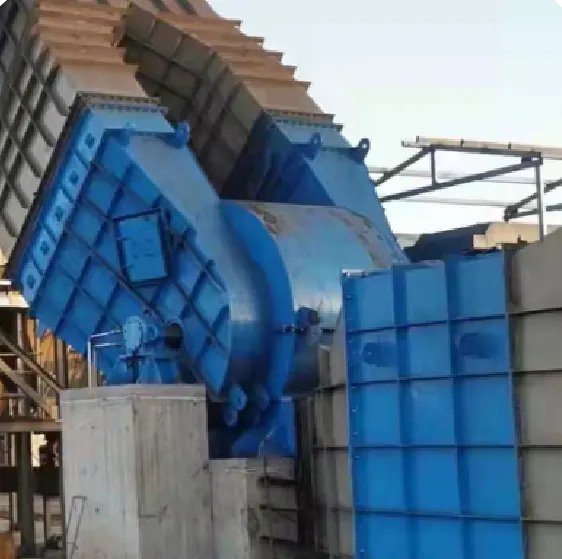
Low Pressure Fans:
Low-pressure fan series are 4-72 series, 4-73 series, and 4-79 series. Generally used for indoor ventilation in general factories and large buildings, it can be used as input gas, it can also be used as output gas, it can also be used as output gas, it can also be used for forced ventilation of boilers, forging furnaces, etc.
It is characterized by smooth operation, tight structure, low noise, flexible use, small footprint, high efficiency, and good performance in conveying air and other unnatural, harmless to the human body and non-corrosive gases.
Low-pressure fans are mostly used in garage air supply and exhaust systems, civil air defense ventilation systems, textile exhausts, grain warehouse dry exhausts, and other total air supply and exhaust systems.
Medium Pressure Fans:
The basic models of medium-pressure fans are 5-51 series, 6-51 series, 5-47/5-48 series, and 6-41 series. These models’ air volume and pressure are lower than those of the low-pressure series. Good aerodynamic performance, high efficiency, low noise, smooth operation.
G, Y6-51 type boiler feed fan is mainly used for 2~670t/h steam in thermal power plants.
The air supply system of the boiler also meets the requirements of the performance parameters of the high-pressure head of the fluidized bed furnace. change
Series fans can also be used for dust removal, mine ventilation, and general ventilation systems.
The blower transports air, and the induced draft fan transports gas containing impurity particles.
When the impurity concentration is less than 200mg/m³, it can be used for over 4 years. If the dust content is too large, the blade should be treated with wear-resistant treatment to extend its service life. G series fans are generally normal temperature; The maximum temperature of Y series induced draft fan shall not exceed 250℃. If more than 250℃. The impeller material should be changed.
High Pressure Fans:
Valve Factory: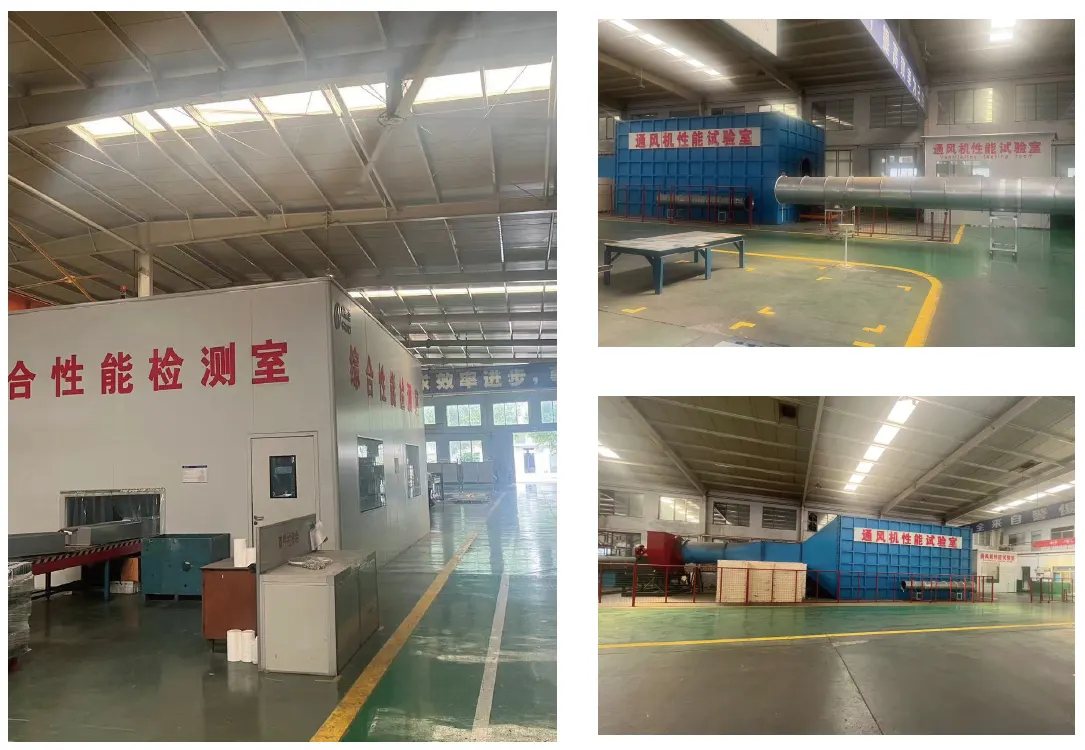
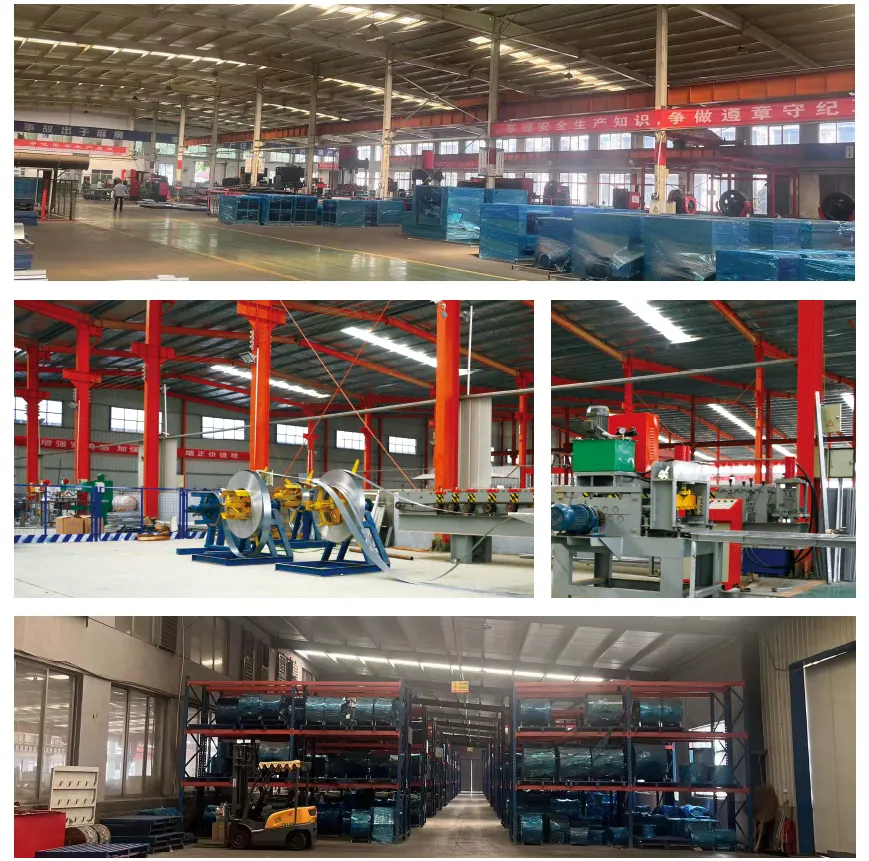
Our unwavering commitment to excellence encompasses a comprehensive 24/7 on-site service, ensuring that you have immediate access to top-tier maintenance support whenever you need it. We understand that operational efficiency is critical, which is why our team is always ready to assist you, regardless of the time or day.
Proactive Maintenance Approach
Detailed User Profiles: We take the time to develop thorough user profiles tailored to your specific systems and needs. This personalized approach allows us to understand the intricacies of your operations and tailor our support accordingly.
Regular Site Visits: Our team conducts routine site visits to monitor system performance and identify potential issues before they escalate. This proactive strategy ensures that we address any operational challenges swiftly, minimizing downtime and disruption to your workflow.
Comprehensive Support
Expert Technicians: Our highly trained technicians bring expertise and experience to every interaction, providing you with knowledgeable insights and effective solutions. You can trust that your systems are in capable hands.
Tailored Solutions: We prioritize your unique requirements, offering customized solutions that enhance your system’s performance and reliability. Our goal is to ensure that your operations run seamlessly.
With our dedicated support, you can enjoy peace of mind knowing that your success is our top priority. We are committed to fostering a collaborative partnership, where your needs drive our services. Our responsive support team is always just a call away, ready to assist with any challenges you may encounter.
Experience the difference that our comprehensive, proactive maintenance and exceptional support can make in your operations. Together, we will ensure your systems operate at their best, empowering your success every step of the way!
